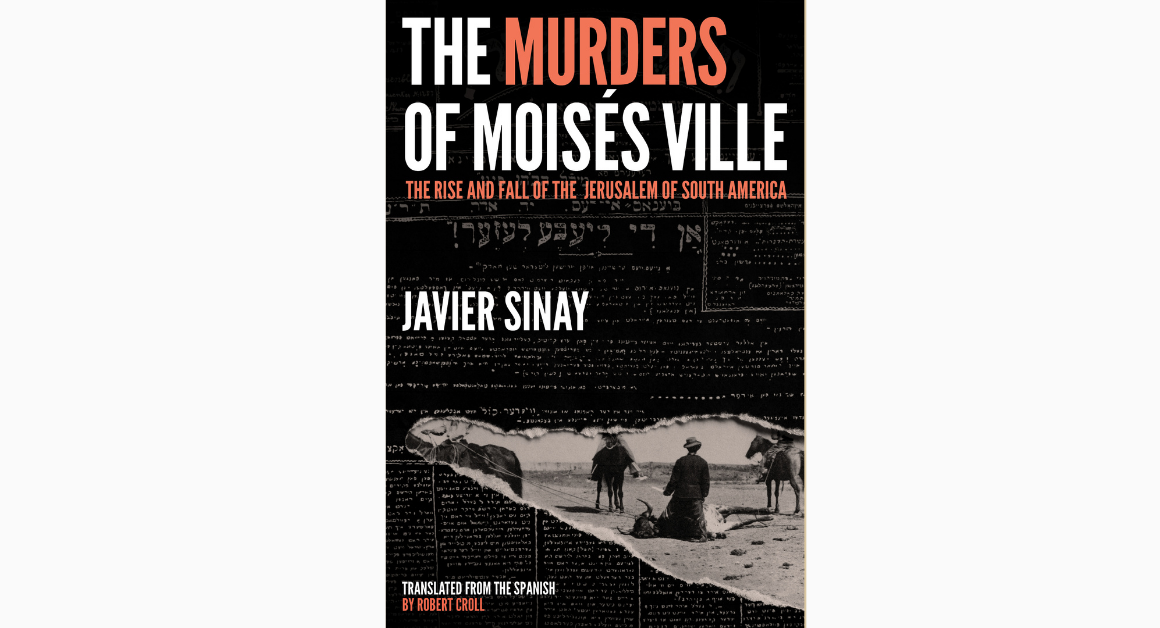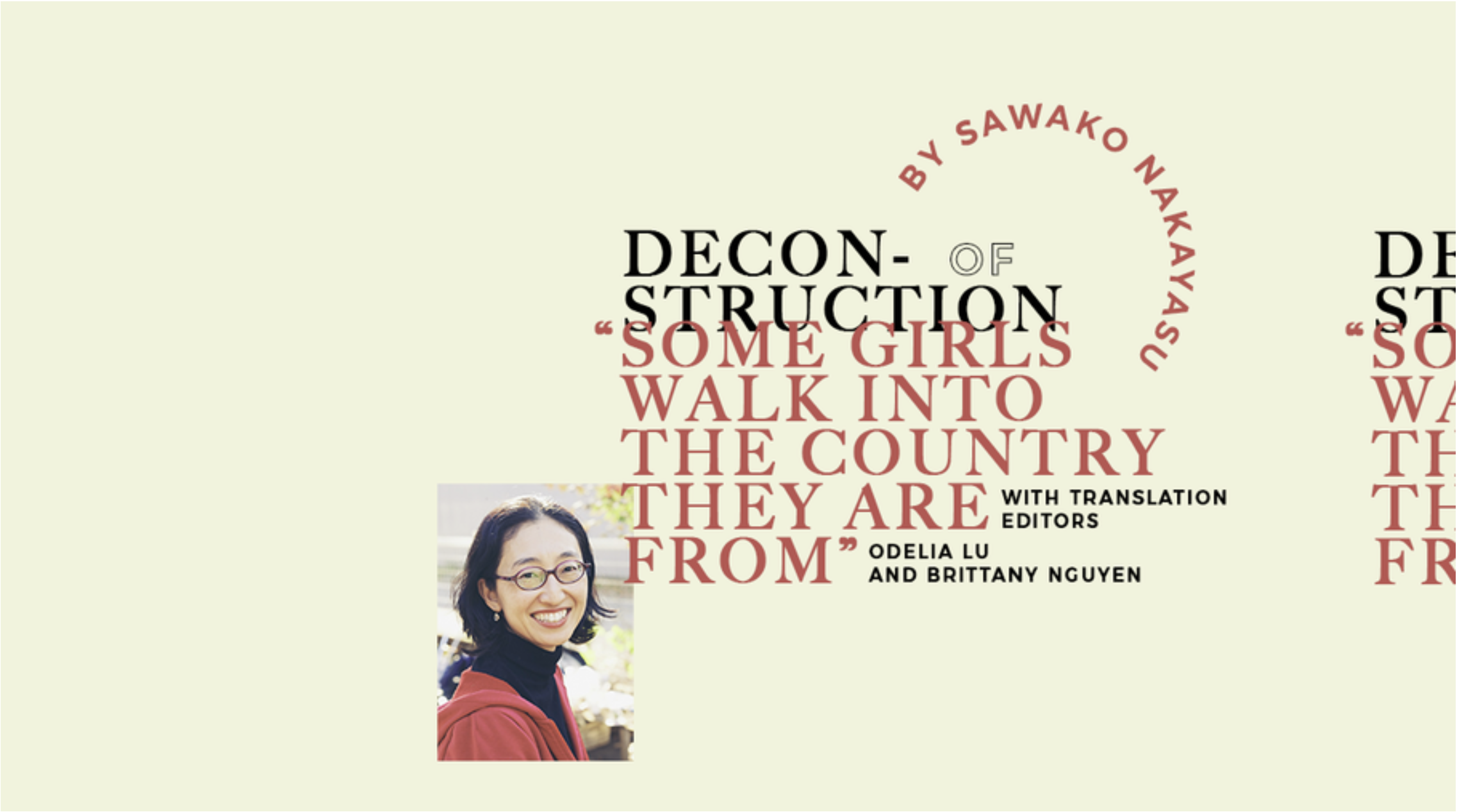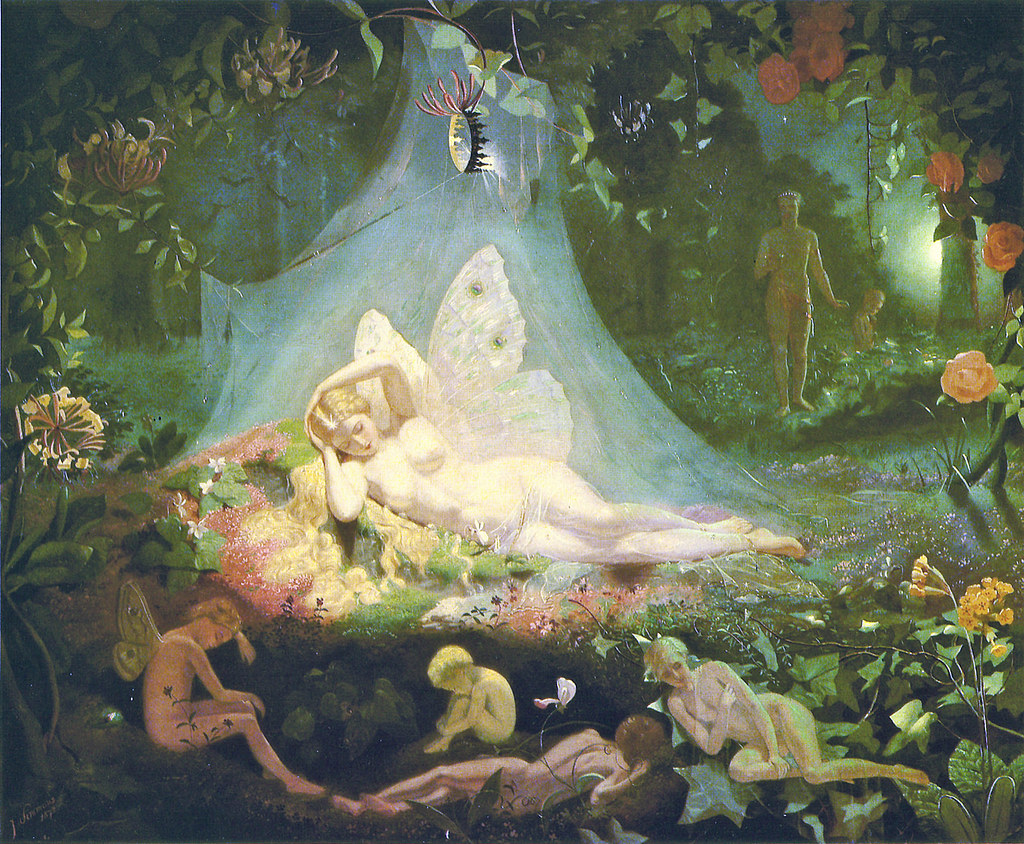We make our way through the corners of the grand old building that houses the Buenos Aires Jewish Museum, following the guide—an elegant woman with a friendly smile—and looking at passing displays with old prayer books decorated in mother-of-pearl and gold leaf, a letter from Albert Einstein to the Argentine Jewish community, and even a table set with plastic food and electric candles in imitation of the Shabbat ceremony.
“For Jewish people, Shabbat is the most important festival. Why? Because it was given to us in the Ten Commandments,” the guide says, watching the group. She wants to make sure that each of us understands properly. I imagine she must work, at other times, as a Hebrew school teacher. “We have to observe and keep Shabbat; that’s why we light two candles. And we cook traditional foods like fish or roast chicken with potatoes and peas, for example.”
It’s all there behind a glass display, along with place settings, cups, chairs, a tablecloth, and a table, ready for a family of mannequins to sit down for the meal.
The museum is quite large, and we continue down another corridor where we can see a few Torot. “Torot” is the plural form of “Torah,” the five books of Mosaic Law laid down upon long parchment scrolls. The three Torot here are all of Moroccan origin and quite old, from the seventeenth, eighteenth, and nineteenth centuries, and the woman from the museum looks at them with reverence, admiration.
“The Torah is ornately decorated: it is our most important symbol,” she explains, pointing out the details covering the scrolls. Then, through an inner door, we enter the synagogue, the first grand temple of the City of Buenos Aires, which stands at 785 Calle Libertad.
Inaugurated in 1897 and restored in 1932, the synagogue is constructed in the Byzantine style, with imposing vaults ascending overhead.
“I’ll request that you please cover your heads before entering this area,” says the guide. She hands me a kippah, and I put it on as we walk through the central nave; I hear her explaining that there are no human representations here, as it’s forbidden in Jewish tradition, though there are menorahs and Stars of David like those visible in the stained-glass windows through which a faint, gentle, bluish light filters in.
Her voice cuts through the silence of a temple that can accommodate as many as a thousand congregants. At the moment, there are only six of us. And four are not even Jewish.
“Before we started the tour, you told me that you don’t have saints either,” the guide remarks to the four foreigner visitors, two women and two men who are evangelicals, of the kind who haven’t entirely embraced the liturgy of Christianity nor entirely abandoned that of Judaism. “Do you follow Christ? Also no? And what’s the name of your church?”
“Cristo Viene,” says one of the men.
“Ah, Cristo Viene . . .” she smiles, cordial. The name of the small church sounds facetious inside this imposing temple. The woman presses further: “Is it a new movement?”
“We’ve been around in Bolivia for some time.”
“Very good. And you?”
Now it’s my turn.
“What brings you here?” she asks, with a certain delight. I feel like hiding, uncomfortable, but there’s nowhere to go. “I’m doing some research,” I say.
The less said, the better. I try to think of some excuse. I need to invent a story to forestall her. But she beats me to the punch.
“What kind of research?”
“About . . . about a series of crimes. That took place. In the Moisés Ville colony.”
“Ah . . .” Her smile remains perfectly intact. Yet I discern, beneath it, a certain unease.
Then she invites us to exit the temple and reenter the museum, where she goes on, as if nothing happened:
“The plot of land beneath this temple was acquired thanks to a donation from Baron Maurice de Hirsch. He was born at the beginning of the nineteenth century, in the house of the Bavarian king’s banker, and went on to marry the daughter of another banker. His mother came from an Orthodox family, and he inherited her affection for the children of Israel. The Baron had a son named Lucien who died tragically young, and so he decided that his fortunes would go toward the plight of the Jewish people.”
The story, which sounds like a fairytale for the displaced, will sometime later reveal itself as a more complex matter, one involving important sociological elements and novel economic concepts. But it’s still too soon for me to understand all that when the guide positions us before a model ship: it is the Weser, the iconic steamship that transported the founders of the town of Moisés Ville—including several of those who would fall victim to the crimes of its earliest days.
“It was on the Weser that Jews escaping from the pogroms arrived. The ship reached Argentina in the year 1889 with 129 families who sadly faced an incredibly difficult journey, and terrible hardships were in store for them here as well. And here’s a little gem, a typewriter with Hebrew keys . . .”
She continues, but I detach myself from the group. I let them move ahead and remain there, facing the ship. The proportions, the details, even the colors have been respected and reproduced by the skilled hand of an artisan who, having no original plan to rely on, worked against the clock on the basis of a few old daguerreotypes printed on 18-by-24-centimeter glass plates. He delivered his handiwork in August of 2009, shortly before the 120th anniversary of the real steamship Weser’s arrival in Argentina. At its 1:70 scale, the replica is perfect.
* * *
A prow in black, white, and red (like the flag of the Kaiserreich, the German Empire that would arise in central Europe beginning in 1871) cut through the waves of the Atlantic Ocean with ferocity and skill over the course of July 1889, under optimal conditions for navigation: the prow of the steamship Weser. The ship, which connected the European coasts to the shores of America several times per year, had put to sea for the first time on June 1, 1867, making a journey from Bremen to New York. Weighing 2,870 tons and measuring 99.05 meters long by 12.19 wide, the ship traveled at a speed of 11 knots, with two masts for sails and a single smokestack. It carried 60 passengers in first class, 120 in second, 700 in the hold, and a crew of a hundred-odd sailors. In July of 1889, the Weser embarked with a large company of passengers from Russia. It had set sail once again from Bremen, the largest port in Germany, this time plotting a course far off to the south, to a point that had quickly become a common destination for European immigrants: Buenos Aires.
Among these Russians traveled David Lander: a large man, but not enormous; heavy, but well-built; poor, but educated. A common man among the hundreds, unremarkable save for one detail: he was one of the few—the only one?—to be traveling on his own. Surrounded by so many families, he brought only two trunks. Hundreds of other Jewish immigrants of Russian origin—824 individuals among 136 families—boarded the steamship along with him on that day, July 1, 1889. But perhaps the statistics of today reflect only an expression of desire: it has never been entirely certain how many families there really were. Some historians believe there were 120; others claim 88, or 104, or 129, or 130. This confusion is owed to the fact that the Weser was carrying other passengers as well. But, for the purposes of this story, the Jews are the people of interest.
The name Argentina had rung out joyfully through the eastern shtetls the year before, when a contingent of persecuted Jews departed Russia in search of aid. In the czarist empire, a series of rules implemented in 1882 in retaliation for the assassination of Czar Alexander II—unjustly attributed to the Jews—prohibited them from settling in the countryside or in border regions and also barred their access to liberal professions and public education. Jews had become the scapegoats for a decadent empire. But it didn’t end there: they were sentenced, furthermore, to live in the Pale of Settlement, a strip running north to south across the western territory of Russia. There, as though inside a vast outdoor ghetto encompassing cities and villages on the steppes that today form part of Ukraine, Lithuania, Poland, Belarus, and Russia, some five million individuals crowded in.
And so, when the suffocating atmosphere in Russia became too much to bear, a few delegates originating from Podolia (in Western Ukraine) and Bessarabia (a region comprised of parts of Romania, Moldova, and Ukraine) gathered in the city of Katowice in order to find a way out—a destination. The only solution they could find was emigration. But where would they go? To the Land of Israel? Africa? The United States? The first destination was the most popular: in the dark alleyways of the czarist empire there had been a rebirth of Zionism, a distinctively European nationalist movement that saw its goal as the return to the Holy Land and the cultivation of the soil—an activity forbidden to these people wasting away in Eastern Europe. And support from Baron Edmond James de Rothschild, a powerful English banker and Jewish philanthropist, was emboldening the movement. Some, however, believed that only the elderly should go to the Promised Land, to die there in holiness. Africa had the draw of the mines, which seduced the more adventurous spirits. And the United States seemed to be the simplest option: in the first few years of the 1880s, more than two hundred thousand people had set out toward that destination. But by 1889, the country had already begun shutting its doors to new immigrants.
The delegates were therefore inclined to make for the Land of Israel, and three envoys set out for Paris to seek Baron de Rothschild’s help.
But they secured nothing. On the other hand, someone did bring them to see the Chief Rabbi of Paris, Zadoc Kahn by name, who connected them to the Alliance Israélite Universelle, a group of Parisian philanthropists who favored that spirit of “Kol Yisrael arevim ze la ze”: “All of Israel are responsible for one another.”
“Argentina?” The delegates were astonished to hear, from the gentlemen’s lips, the name of a country so foreign to them that they hadn’t even considered it. They were unaware that this nation, set to become the world’s breadbasket, was captivated by a mission to draw in the masses being expelled by the powers of Europe. A liberal model had been imposed: Europeans, rather than criollo people (who were viewed as rebellious or lazy), should populate the lands of Argentina and set the extraordinary machinery of the agro-export model into motion. And this would be done by means of agricultural colonies: the land would be divided into lots, populated with colonists, and then sold to them in installments paid over the course of several years, no matter which God they might like to pray to.
And so, at the Bureau officiel d’informations de la République Argentine in Paris, a representative made contact with the delegation from Russia, offering them land in Buenos Aires that belonged to a senator, Rafael Hernández, whose brother was the author of Martín Fierro. The future colonists’ contract could be paid off over the course of twenty-two years, and if they made it to Bremen, they would be admitted aboard a steamship financed by the Argentine government for the voyage south.
They accepted, of course.
But the journey would prove that the shadow these emigrants had borne upon them in Russia in fact extended throughout the whole length of Europe. After crossing the border, they drifted like ghosts for several weeks through the cities and roadways of the Old World as though condemned in advance, as though warned of what lay in store. For them, reaching Bremen would mean enduring prison (after they were arrested in Kraków for using counterfeit tickets, having fallen victim to a scam) and a forced delay in Berlin (where their itinerary drew suspicions from the inspectors). And when that city’s chief rabbi warned that they’d be sold as slaves the moment they set foot on Argentine soil, a new group of delegates made for Paris to inquire, once more, about their destination.
* * *
In the end, the emigrants wanted to believe the words of the Parisian philanthropists, who assured them that Argentina was a free republic. And so it was that the ship, which they might have found revolting after thirty-five days on the high seas, passed on into history. Just as the Mayflower bore those first English colonists to the shores of North America, within its four levels (and more besides, for the vessel was over capacity and some dared to travel out on deck), the steamship Weser carried the first Jewish colonists to Argentina.
The arrival of the group from Kamenetz-Podolsk—known thereafter as “Podoliers,” since they came from the region of Podolia—was in line with all the suffering they had already experienced and had yet to endure. The ship dropped anchor in the port of Buenos Aires on August 14, 1889, but the quiet David Lander and his fellow immigrants were unable to disembark until three days later, the same August 17 when the newspaper La Prensa announced that “Yesterday, due to an error on the part of the immigrant landings inspector, 104 Jewish families, contracted in Europe by Sr. Franck upon request of Sr. D. Rafael Hernández and bound for the ‘Nueva Plata’ colony, were left on board the Weser.”
The Russian Jews stood out, even in a port that each day received travelers from all corners. The fortune that awaited them in Argentina was quite different from the one they had yearned for: the first disappointment on dry land came when the group received news that the property of Rafael Hernández—the landowner who’d extended his offer to them in Europe—was already occupied by other colonists. At the Banco de la Colonización, the contracts they’d signed before their departure were recognized as authentic, but not valid. The Podoliers had fallen victim to yet another scam (or an innocent accident, as the authorities insistently explained), but they were already on American soil, ready to find their homeland, and for five days they stayed at the Hotel de Inmigrantes, unsure what to do. One night they experienced the great unrest of La Plata River when a storm deluged the city, and they watched the hours crawl by inside the vast and overcrowded rooms through which seven thousand disoriented people circulated each day.
It was only after members of the very chivalrous Israelite Congregation of the Argentine Republic put them in contact with one of their associates that the Russians discovered a new path lay before them. This new character, Pedro Palacios, owned land in the province of Santa Fe and was offering them a small piece of his hundred thousand hectares where everything was yet to be done. A committee of Podoliers signed their first contract with him on August 28, 1889. The bill of sale specified that each twenty-five-hectare lot would be paid off in three annuities, with a yearly interest of 8 percent. The colonists could purchase up to fifty hectares in addition to their means of subsistence and the tools they would need for the first harvest.
Although this was yet one more scam (as the value per hectare in that region was ten times less than what was being asked of them), they accepted, caught unawares. And they set off, not imagining that the worst still lay ahead.
Author & Translator Bio
Author Bio
Javier Sinay is a writer and journalist. His books include Camino al Este, Cuba Stone (in collaboration), Los crimes de Moisés Ville (forthcoming from Restless Books as The Murders of Moises Ville, 2022), and Sangre joven, which won the Premio Rodolfo Walsh de la Semana Negra de Gijón, España. In 2015, he won the Premio de la Fundación Gabo/FNPI for his chronicle “Fast. Furious. Dead.,” published in Rolling Stone. His work has appeared in the newspapers La Nación and Clarín, in Buenos Aires, and on the website RED/ACCIÓN. He was also a South America correspondent for El Universal (Mexico) and the editor of Rolling Stone (Argentina). He has collaborated with Gatopardo (Mexico), Label Negra (Peru), Letras Libres (Mexico), and Reportagen (Switzerland). He lives in Buenos Aires.
Translator Bio
Robert Croll is a writer, translator, musician, and artist originally from Asheville, North Carolina. He first came to translation during his undergraduate studies at Amherst College, where he focused particularly on the short fiction of Julio Cortázar and contemporary Latin American literature. He has worked on texts by such authors as Ricardo Piglia, Hebe Uhart, Julio Cortázar, Gustavo Roldán, Javier Sinay, and Juan Carlos Onetti.




